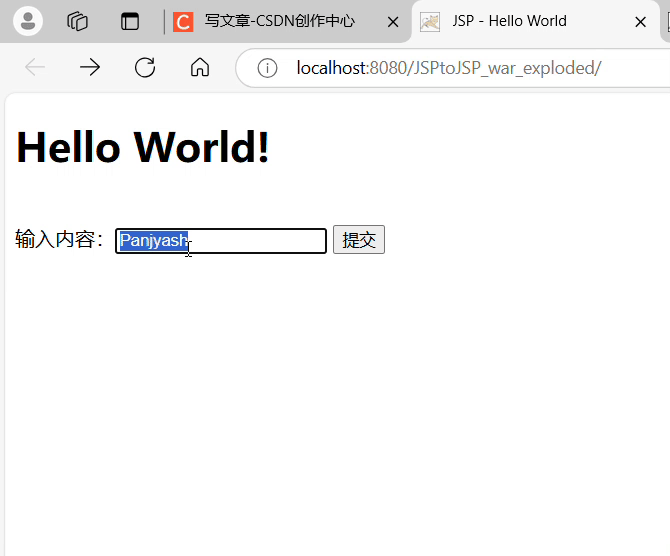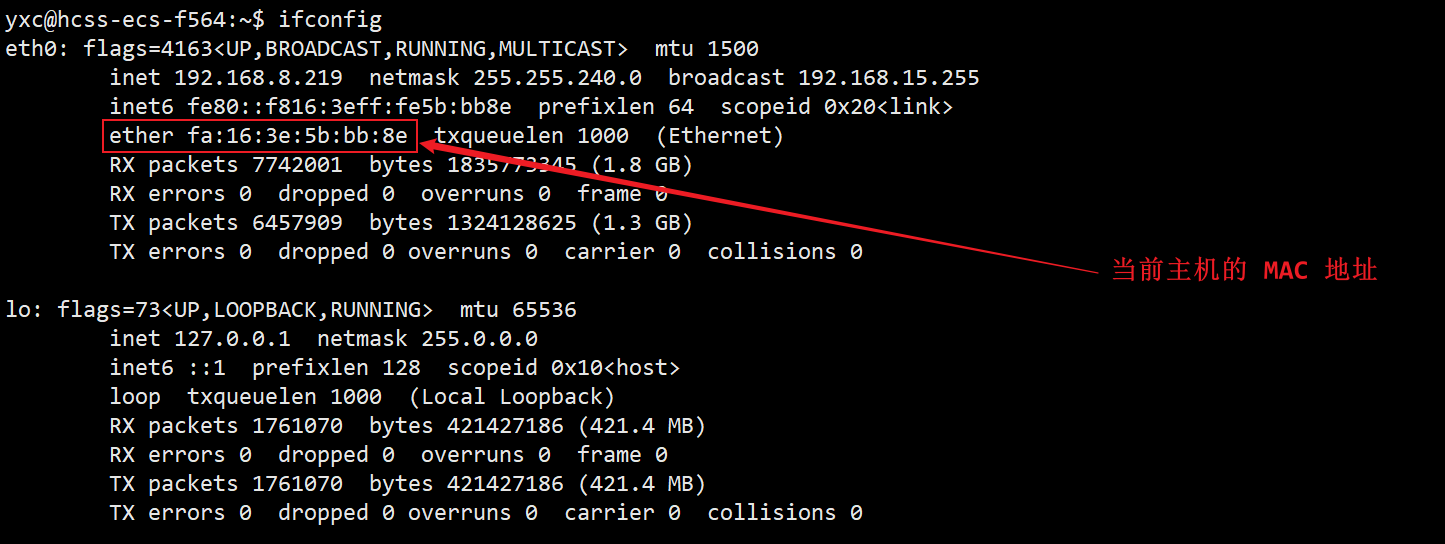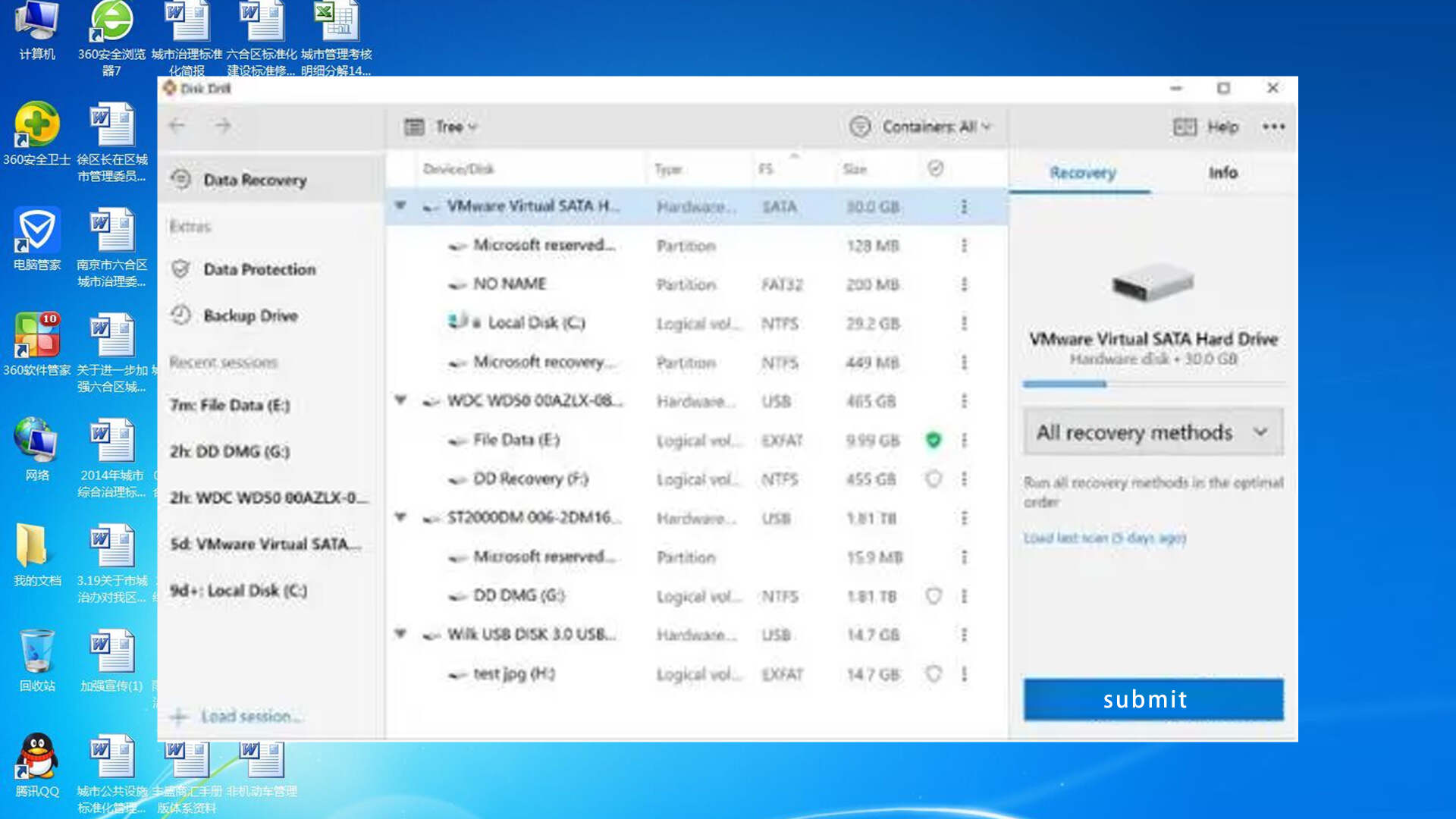脉冲计数配置步骤 定时器HAL驱动层文件添加 counter驱动文件添加 GPIO常用函数 main.c程序 # include "sys.h" # include "delay.h" # include "led.h" # include "uart1.h" # include "counter.h" int main ( void )
{
HAL_Init ( ) ;
stm32_clock_init ( RCC_PLL_MUL9) ;
led_init ( ) ;
uart1_init ( 115200 ) ;
printf ( "hello world!\r\n" ) ;
counter_init ( 65536 - 1 , 0 ) ;
while ( 1 )
{
count_get ( ) ;
}
}
**counter_init(65536 - 1, 0);**语句定时参考
# include "counter.h" # include "stdio.h" = { 0 } ;
uint16_t new_count = 0 ;
uint16_t old_count = 0 ;
void counter_init ( uint16_t arr, uint16_t psc)
{
TIM_SlaveConfigTypeDef slave_config = { 0 } ;
counter_handle. Instance = TIM2;
counter_handle. Init. Prescaler = psc;
counter_handle. Init. Period = arr;
counter_handle. Init. CounterMode = TIM_COUNTERMODE_UP;
HAL_TIM_IC_Init ( & counter_handle) ;
slave_config. SlaveMode = TIM_SLAVEMODE_EXTERNAL1;
slave_config. InputTrigger = TIM_TS_TI2FP2;
slave_config. TriggerPolarity = TIM_TRIGGERPOLARITY_FALLING;
slave_config. TriggerFilter = 0 ;
HAL_TIM_SlaveConfigSynchro ( & counter_handle, & slave_config) ;
HAL_TIM_IC_Start ( & counter_handle, TIM_CHANNEL_2) ;
}
void HAL_TIM_IC_MspInit ( TIM_HandleTypeDef * htim)
{
if ( htim-> Instance == TIM2)
{
GPIO_InitTypeDef gpio_initstruct;
__HAL_RCC_GPIOA_CLK_ENABLE ( ) ;
__HAL_RCC_TIM2_CLK_ENABLE ( ) ;
gpio_initstruct. Pin = GPIO_PIN_0;
gpio_initstruct. Mode = GPIO_MODE_AF_PP;
gpio_initstruct. Pull = GPIO_PULLUP;
gpio_initstruct. Speed = GPIO_SPEED_FREQ_HIGH;
HAL_GPIO_Init ( GPIOB, & gpio_initstruct) ;
}
}
void count_get ( void )
{
new_count = __HAL_TIM_GET_COUNTER ( & counter_handle) ;
if ( old_count != new_count)
{
old_count = new_count;
printf ( "CNT: %d\r\n" , new_count) ;
}
}
# ifndef __COUNTER_H__ # define __COUNTER_H__ # include "sys.h" void counter_init ( uint16_t arr, uint16_t psc) ;
void count_get ( void ) ;
# endif 硬件模块接线





















